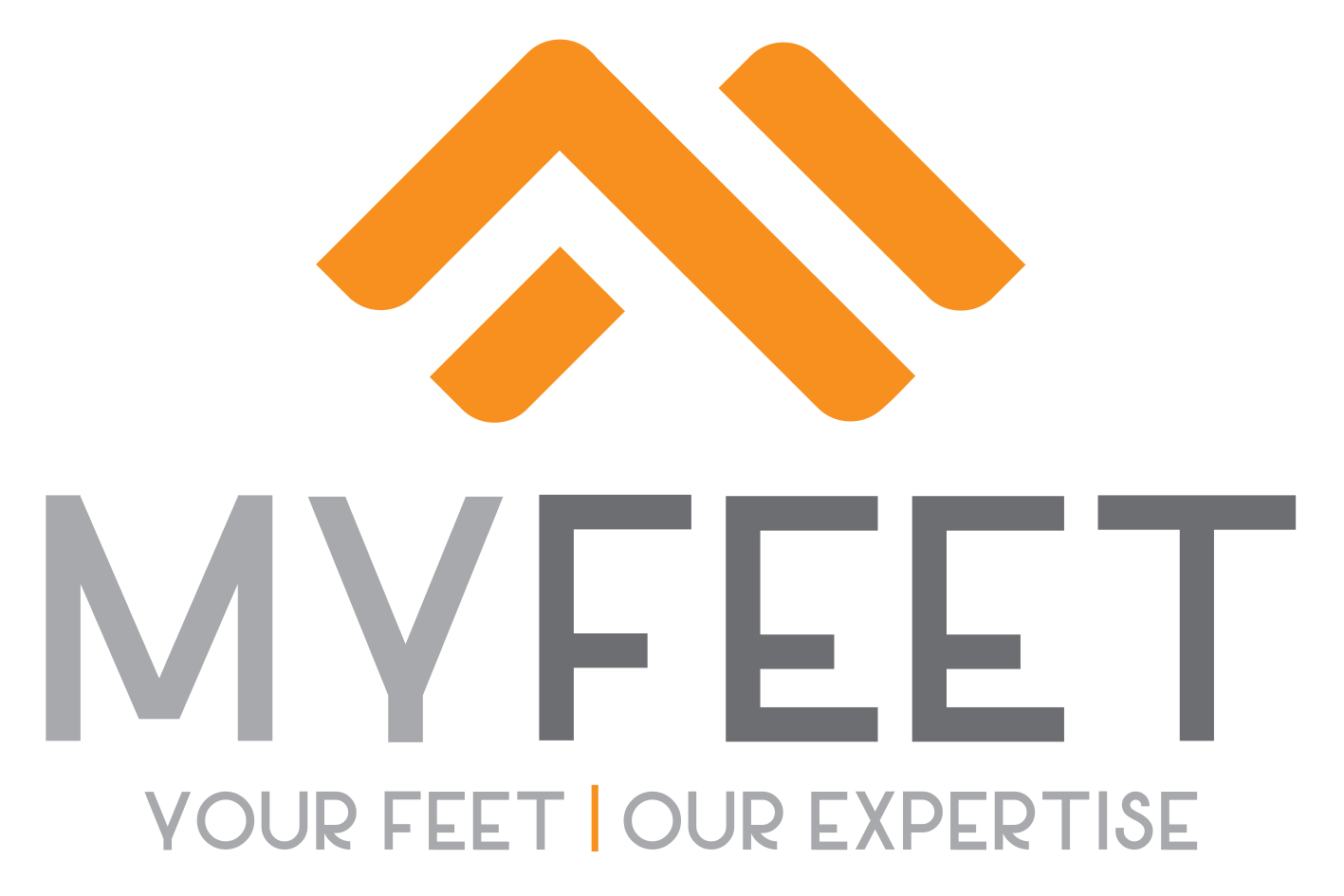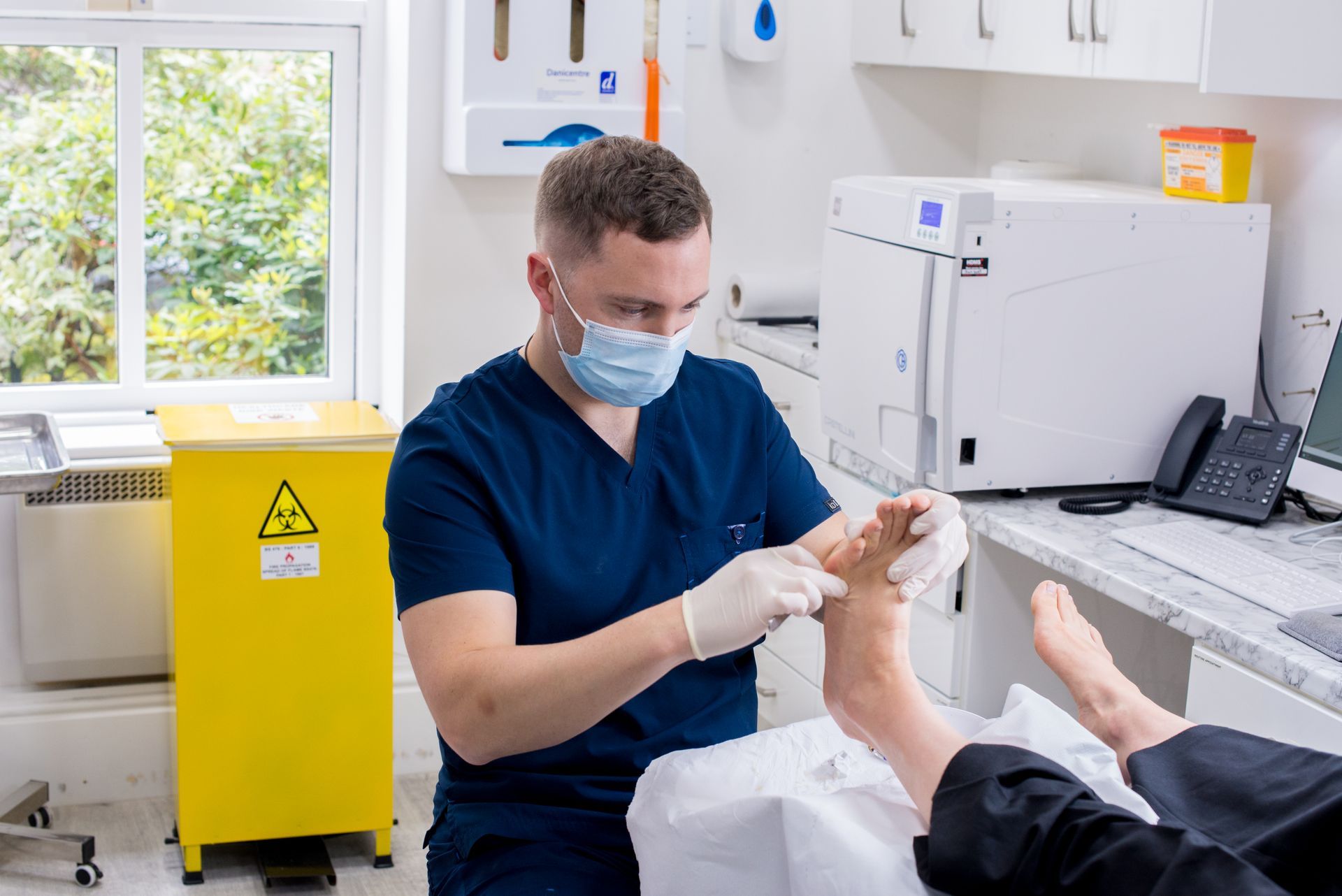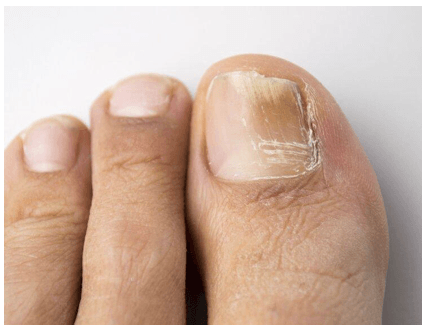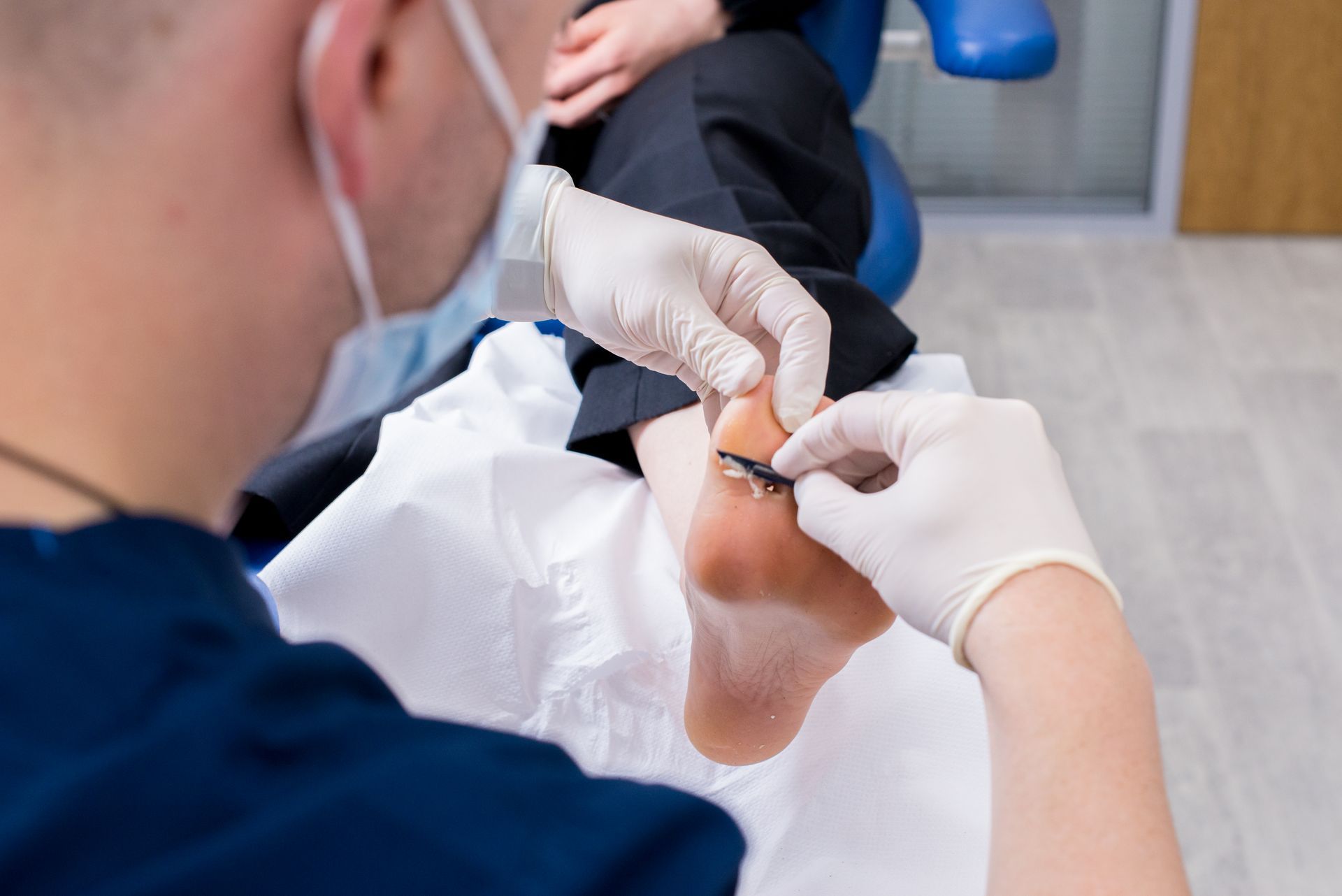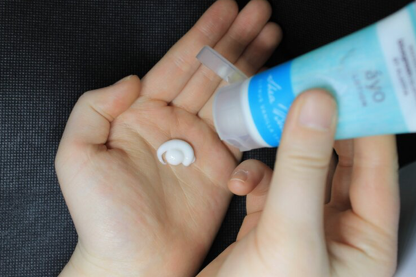Podiatry & CHIROPODY
What is the difference between
Podiatry & Chiropody?
Commonly people are confused as to whether chiropodists treat different conditions to podiatrists. The answer is...podiatrists can do all the same things that chiropodists did long ago and more.
Podiatrists now have access to a whole range of new training, technology and equipment allowing them to offer all the well known chiropody services and more modern podiatry services.
The podiatrists at our clinics will be happy to help you with any of your podiatry
(or chiropody) needs.
Toenails can be a source of pain, infection, and for some people, embarrassment. Anyone who has had an ingrown toenail will tell how much it hurts and can affect daily activities. What may seem to be a trivial infection can have unintended (and serious) consequences. For some people, the shape or colour of their nails can cause embarrassment and shame.
A podiatrist is the primary practitioner for the management of nail complaints.
The podiatrists can assist anyone with pain, infection, or thickened or discoloured nails, plus people who do not have the capacity to care for their own toenails due to:
- limited mobility
- reduced eye sight
- difficulty trimming thick nails
- pathology affecting the toenails
WHAT WE TREAT
The podiatrists at our clinics are skilled and experienced to treat a variety of toenail conditions that may be causing pain, infection, or an unsightly appearance.
The toenail conditions we most commonly see and treat include:
- Onycholysis: painless detachment (lifting off) of the nail plate from the nail bed
- Onychogryphosis: a nail disease that causes one side of the nail to grow faster than the other, resulting in gross thickening of the toenail
- Onychocryptosis: an ingrown toenail. Please visit our ingrown toenails page for more information
- Onychomycosis: a fungal infection of the toenail.
Please visit our fungal infections page for more information.
TREATMENT
The podiatrists at our clinics are equipped with a variety of medical grade, sterilised instruments that allow them to perform a variety of nail treatments. We have extensive knowledge of foot and toenail dermatology and many years of clinical experience caring for a range of presenting complaints.
Treatment may include:
- nail trimming to remove the edges of nail that may be causing pain
- nail burring to reducing the thickness of nails or remove fungal nail
- procedures for ingrown toenails
- advice on medication to treat nail disease
For patients who are unable to maintain the health of their toenails, routine appointments are advised with the frequency of treatment recommended on a case by case basis. In general, every 8-10 weeks is suggested.
WHAT IS CALLUS?
Callus, or hyperkeratosis as it’s known medically, refers to the thickening of skin anywhere in the body, usually in response to pressure.
But we’re podiatrists, so let’s focus on callus that we get on our amazing feet.
Thickening of the outer layer of skin is often part of the skin’s normal protection against rubbing, pressure and other forms of local irritation.
This outer layer contains a tough, protective protein call keratin (ence, hyper meaning more, keratosis meaning the production of keratin). When rubbing, pressure or irritation occurs to an area of skin, the body responds by producing more keratin. So our body makes thicker skin to protect the important bits we have underneath, such as joints and muscles.
Callus usually occurs in weight bearing areas i.e. sites on the foot that make contact with the ground as we walk or run) or non-weightbearing areas that are exposed to increased pressure from footwear.
Callus may not cause too many problems, however an excessive build up of callus can cause pain or discomfort and have an impact on function, such as walking or running.
WHAT ARE CORNS?
Corns, or heloma durum as its known medically, follow the same process as callus. The key difference is that the pressure is focused in a certain part of the foot.
The result of this focused pressure is skin that is very dense in the area that is subject to the pressure. This is similar to a tiny rock being stuck in your skin.
Corns are painful because this tiny rock pushes on the tissue beneath the corn.
If left untreated over a long period, corns can result in ulcers (wounds) beneath the corn and corns that have been present for many years can cause fibrosis, or the creation of a different type of skin tissue that is less flexible.
TREATMENT
Like most things, prevention is the best medicine. And in the case of callus and corns, that saying certainly holds true. One of the most important treatment strategies is to reduce the pressure that is the cause of the callus or corn.
The podiatrists at our clinics have experience giving advice about reducing this pressure. Some other important treatment options are outlined below.
For some patients, more regular visits will be required and this can be discussed with your podiatrist.
DEBRIDEMENT
Debridement is the process of removing callus or corns with a scalpel.
Having callus and corns removed by a podiatrist is simple and pain-free.
Most of the time, there is no break in skin so the patient cannot feel the callus or corn being debrided.
The podiatrists at our clinics are equipped with a variety of medical grade, sterilised instruments which allow them to safely and effectively remove the callus and/or corns.
CREAMS
Using creams such as moisturiser can help to soften the skin and slow the build-up of skin. Unfortunately not all creams are good for your feet, so a discussion with your podiatrist about the best moisturiser is a good idea.
Apart from simple moisturisers, there are creams with other ingredients that your podiatrist can suggest.
FOOTWEAR AND FOOT ORTHOTICS
Your podiatrist will work with you to implement simple offloading strategies or devices to help reduce the amount of callus or corns that build-up.
This may be as simple as footwear advice or as complex as custom made orthotics with padding to reduce pressure. Orthotics may not be an initial treatment options but for some people they can be beneficial.
What's Next?
Simply book an appointment using our online booking system and we'll take care of the rest.


